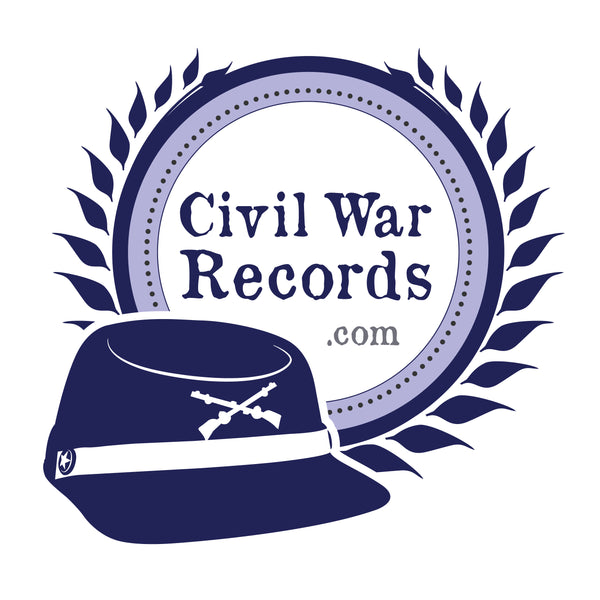Civil War draft registrations
Share
Let’s talk about Civil War draft registration records. These can be great resources, but they can also be one of the most misused sources when it comes to Civil War research.
Congress passed an act in 1863, requiring most men between the ages of 20-45 to register for the draft. These ledgers are simply each town fulfilling their obligation to that law.
What these records DO show is that the man registered for the draft. What these records DO NOT show is any proof that he served in the Civil War or that he enlisted in the military. This is just showing that he registered for the draft. We can’t tell from these documents if the person ever got drafted or not.
There is one instance where these can be helpful in determining Civil War service. There was usually a place to document if the person had previously been in the war. These registrations were created in 1863, two years into the war. Some of the men had already served in war and had been discharged. Those men usually had a notation of that. So in some cases, you can see if the man had been in the war BEFORE registering for the draft.
In this example, only one man, RH Wyrick, had previous service listed. So in his case, this can be used as proof that he was previously in the war (but not that he was drafted).
These ledgers can be great to place your ancestor in a specific town in 1863, but don’t be fooled! He may have been drafted to serve in the Civil War, but we just can’t tell from these ledgers alone if he did or not.

